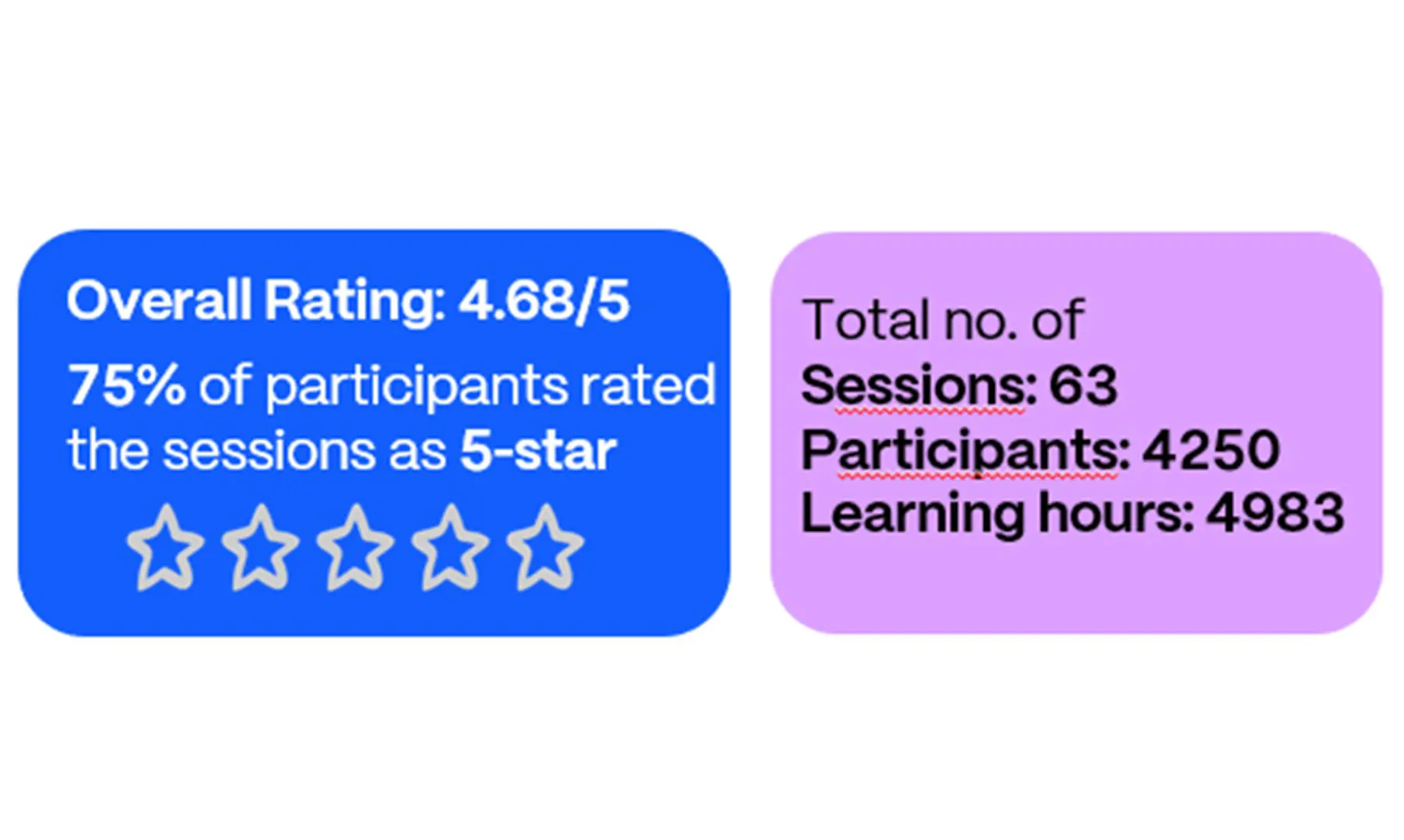The importance of fostering a continuous learning culture to keep employees engaged and competitive

Continuous learning has become a cornerstone for organizations aiming to remain competitive in an increasingly complex and technology-driven market. Let’s explore how fostering a continuous learning culture has evolved into a critical component for employee engagement and organizational success.
How is continuous learning shaking up the workplace?
Continuous learning is both a driver of individual growth and a catalyst for organizational success. The variety of ways in which learning is integrated into the workplace is expansive, ranging from formal training programs to on-the-job experiences, mentoring, and e-learning platforms. Among the various learning strategies, fostering a continuous learning culture stands out for its impact on employee engagement, innovation, and competitiveness.
- The statistics speak volumes: 94% of employees would stay longer at a company if it invested in their career development, according to LinkedIn’s Workplace Learning Report. Companies that embrace continuous learning are 92% more likely to innovate, 52% more productive, and 17% more profitable, as highlighted by Deloitte.
- 54% of all employees will require significant reskilling and upskilling by 2025 World Economic Forum
Where did it come from?
The concept of continuous learning has deep roots in the evolution of the workplace, driven by the need to adapt to technological advancements and market changes. Initially, learning was confined to formal education and periodic training sessions. However, as the pace of change accelerated, so did the need for continuous, on-the-job learning and development. Companies began to realize that investing in their employees’ growth was not just beneficial but essential for long-term success.
Where is it now?
Today, continuous learning is recognized as a vital component of a thriving work environment. It is embedded into the everyday fabric of work life, with organizations offering a diverse range of learning opportunities. These include formal training programs, digital learning platforms, mentoring, and real-time, on-the-job learning experiences. Companies that prioritize continuous learning see not only enhanced professional skills among their employees but also increased innovation, productivity, and profitability.
What is the future of continuous learning?
As the workplace continues to evolve, so too does the approach to continuous learning. The future will likely see even greater integration of learning into daily work activities, supported by advancements in AI and digital platforms. At SIG, we are not only embracing these changes but also leading the way with impactful learning initiatives that directly benefit our employees.

Women acceleration and junior development programs: In addition to upskill sessions, programs like the Women Acceleration Program and Junior Development Program foster a culture of inclusivity and professional growth. These initiatives bridge generational gaps, encourage mutual learning, and empower employees to take ownership of their career paths.
To further illustrate the impact of these programs, we encourage you to explore the video testimonials shared during the recent Townhall, where participants and speakers reflected on their experiences and growth journeys.
At SIG, our commitment to continuous learning goes beyond just offering opportunities; it’s about actively engaging employees in shaping these initiatives. As we refine and expand our programs, we invite you to share your suggestions with the Learning and Development team to ensure our offerings continue to meet the evolving needs of our diverse workforce.

Connected Workplace

Upskilling in real time

